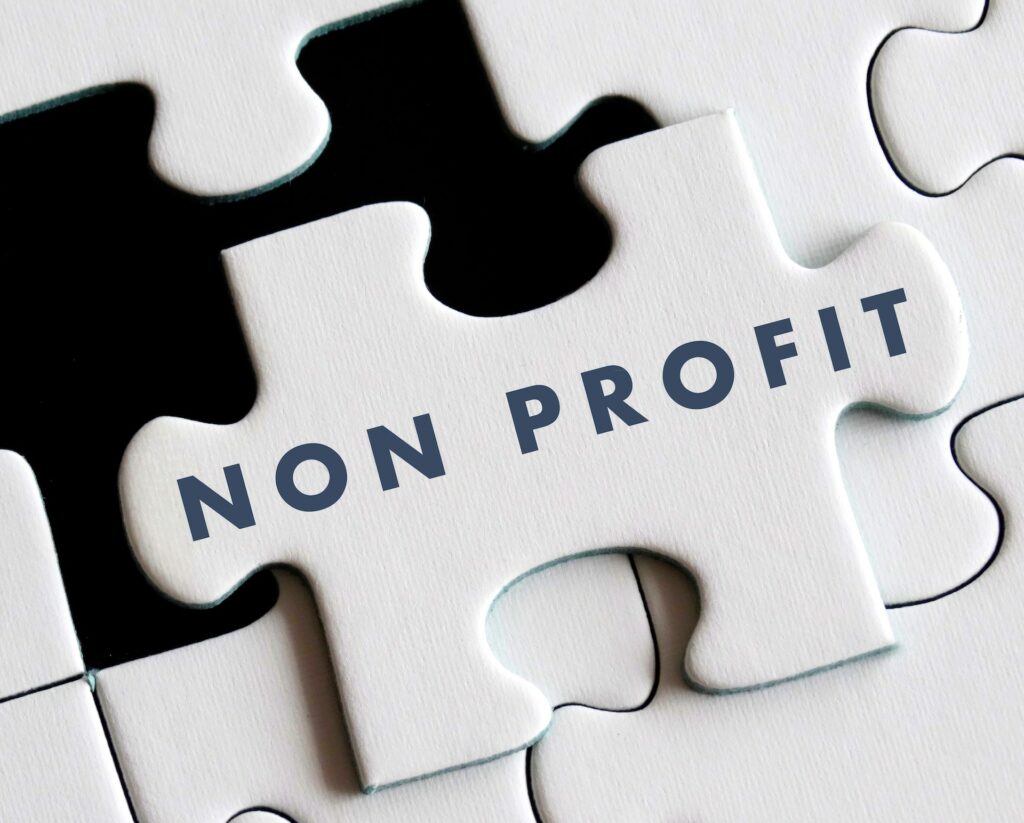The pandemic has created new challenges for nonprofits especially when it comes to program delivery and fundraising. The various social distancing and ban on large events have made it impossible to provide many in-person services and forced many organizations to transition fundraising events and efforts to an online format. The result has been that many organizations have struggled to attract essential donations requiring difficult decisions about cuts in employee and program expenses. It has also required organizations to look for financial help from local grants and other programs such as the Paycheck Protection Program.
Beyond this, some organizations are now more willing to accept contributions of nonfinancial assets to help weather the storm. However, organizations will soon need to share policies on how they monetize these assets. The change comes as part of Accounting Standards Update (ASU) 2020-07 which updates reporting rules for nonfinancial contributions. To help clients, prospects and others, Selden Fox has provided a summary of the key points below.
ASU 2020-07 Highlights
The reason for the change in reporting is the concern about the lack of transparency on the measurement of nonfinancial assets contributed to nonprofit organizations. These contributions can be referred to by a variety of terms including gifts, donations, donated services, and in-kind gifts. Under existing regulations, it has been challenging to determine how these contributions are used, valued, and monetized. The latest changes are designed to provide consistency in the financial reporting process.
Key Provisions
The changes in ASU 2020-07 require a nonprofit to:
- Present contributed nonfinancial assets as a separate line item in the statement of activities, apart from contributions of cash and other financial assets.
- Present a disaggregation of the amount of contributed nonfinancial assets recognized within the statement of activities by category, depicting the type of contributed nonfinancial assets.
- For each category of contributed financial assets, disclose the following:
-
- Qualitative information about whether the contributed nonfinancial assets were either monetized or utilized during the reporting period. If utilized, an organization will need to disclose a description of the programs or other activities in which the assets were used.
- The organization’s policy about monetizing rather than utilizing contributed nonfinancial assets.
- A description of any donor-imposed restrictions associated with the contributed nonfinancial assets.
- A description of the valuation techniques and inputs used to arrive at a fair value measure.
- The principal or most advantageous market used to arrive at a fair value measure if the recipient is prohibited by restriction from selling or using the contributed nonfinancial assets.
Effective Date
The changes noted above are currently effective for annual reporting periods beginning after June 15, 2021, and for all interim period within annual periods beginning after June 15, 2022. Early adoption of the changes is permitted.
Contact Us
The additional information on how nonfinancial contributions is used may have the potential to attract potential donors. If you have questions about the information outlined above or need assistance with an audit or tax issue, Selden Fox can help. For additional information call us at 630.954.1400 or click here to contact us. We look forward to speaking with you soon.




